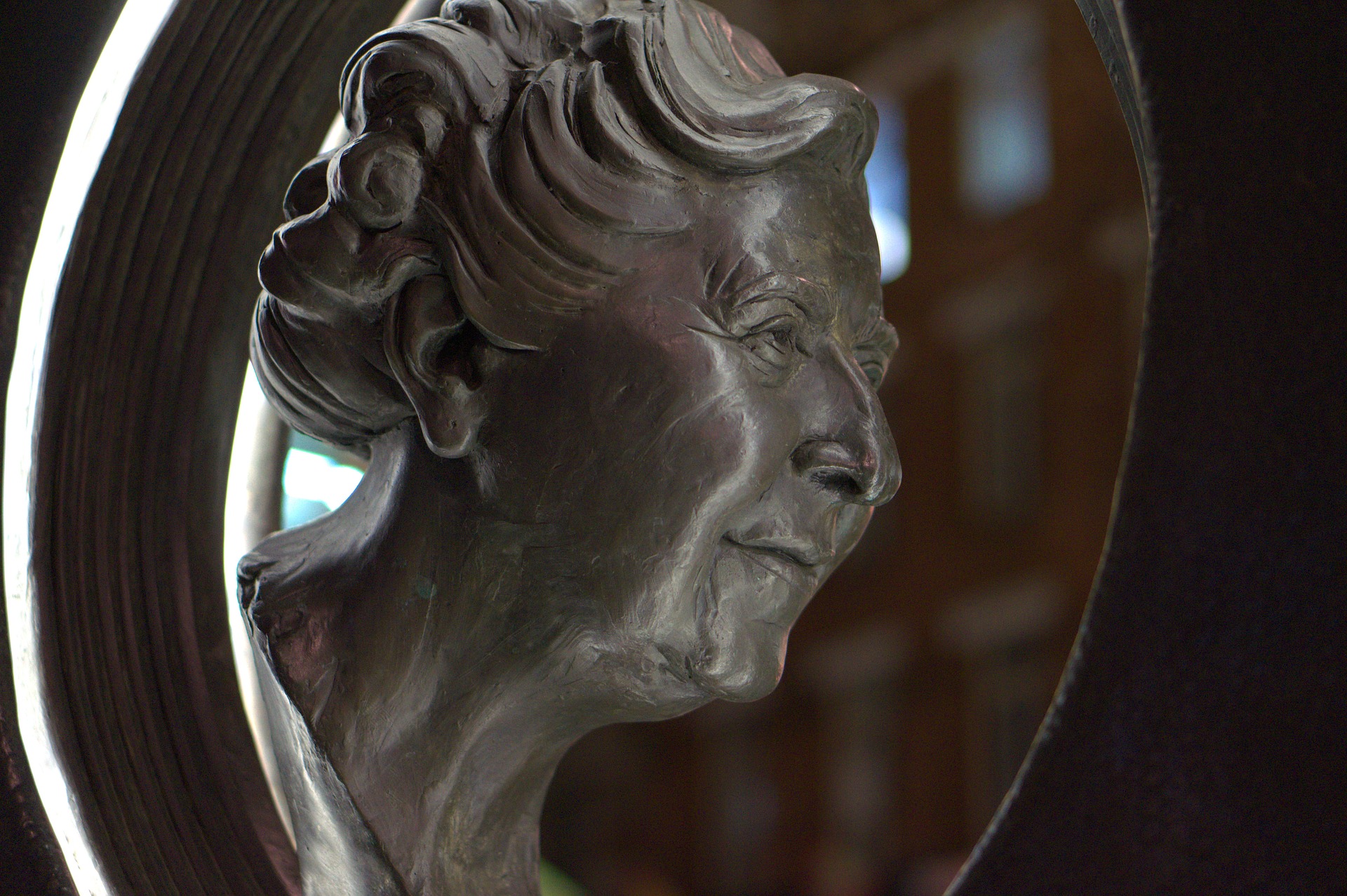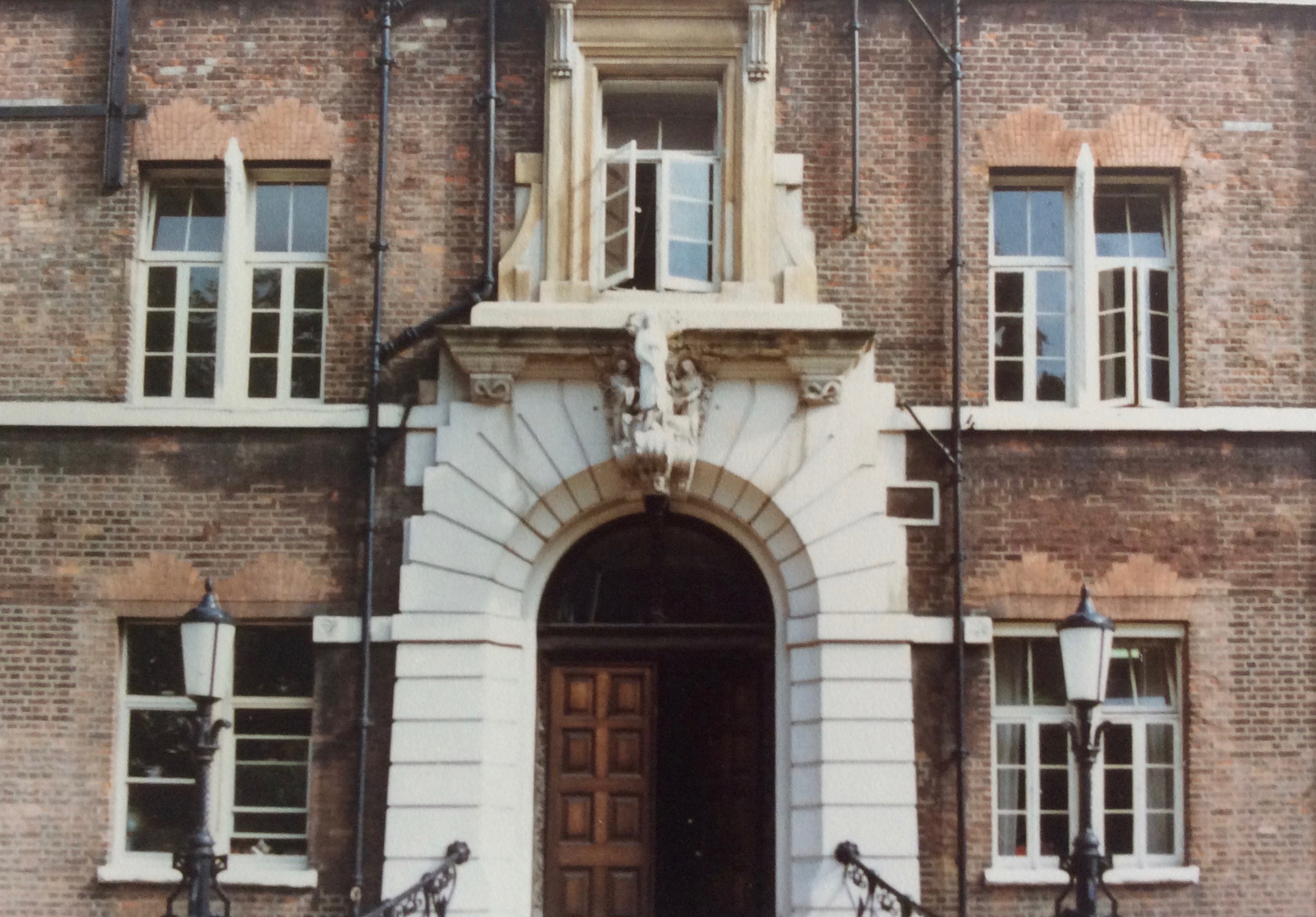Sunday 6th March
Work in Progress I'm going through the editing process of Murder in the Highlands before taking the work forward. This helps me to refocus my attention and sets the stage for the final third. I'm almost two-thirds of the way through so it makes sense to do this now, making sure that what I've written so far is making sense. At this stage in almost every book I've written, I hit a brick wall and get a little bit bogged down by my internal critic. Once I come out of editing mode, I'll be able to silence the critic and switch back into creative mode! Looking forward to that. To be honest, I've been distracted by world events of late... who wouldn't be? Other Stuff As it was Sunday, I tried to take some rest and get other more mundane things done around the house. I went to virtual church as I have been doing since the pandemic started. Funnily enough, I've been able to go to a church in London which I went to when I lived in the capital forty years ago. All Souls Church in Langham Place has been putting on virtual services throughout lockdown and is continuing to do so. I've enjoyed returning to somewhere that seems familiar in spite of the number of years that have elapsed since I last went there physically. Literature Festival In 2018, I founded a literature festival which I now chair. I spent the morning creating and adding the final few graphics for events to the website and put the day pass tickets on sale. Tomorrow, I'll need to read through some guest blog posts for the site. I love doing the festival but while it was cancelled for two years during the pandemic, I'd forgotten just how time consuming it…



